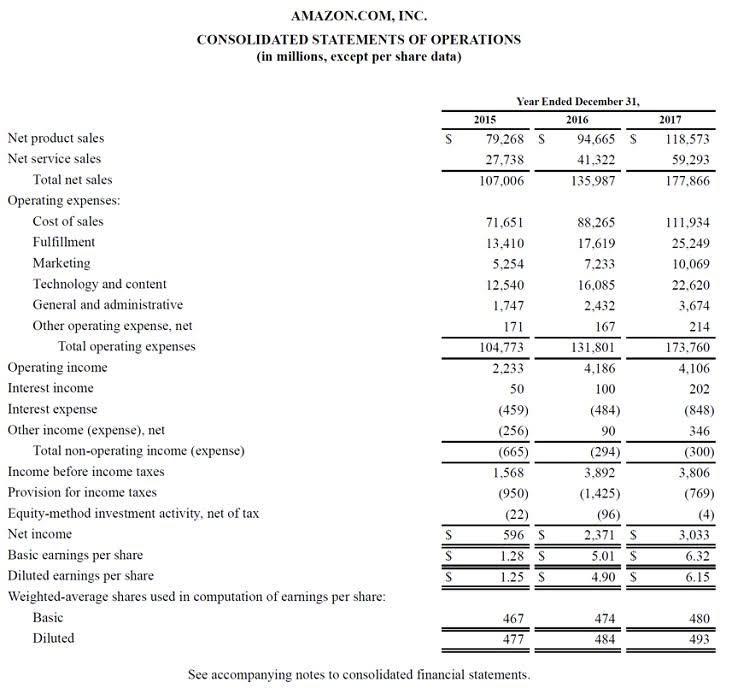16 Dec Basic Bookkeeping for an S Corporation
Content

The company must maintain meticulous records of each shareholder’s equity investments of cash and property, as well as any loans that each advances to the company. However, the deductions and losses exceed that amount—$12,000 in ordinary loss and $4,000 in charitable contributions, for a total of $16,000. Typically, your initial stock basis is what you paid in cash for shares in the S corporation. It can also be the basis of stock in a C corp before converting to an S corp. You might have inherited the stock or received it as a gift; in that case, the initial deposit will be the stepped-up basis or the carryover basis, respectively. Your shareholder basis is your company’s earnings and deposits minus withdrawals.

If you do not regularly use an accounting method that clearly reflects your income, your income will be refigured under the method that, in the opinion of the IRS, does clearly reflect income. Although the small business is not required to file meeting reports or ‘minutes’ to the state, you will need these records in case of an audit, revocation etc. It’s also a good habit for your small business to ensure you always have documentation of important decisions. Paying yourself a salary that is too low (or none at all) can draw scrutiny from the IRS, as it is considered an attempt to avoid paying self-employment taxes.
The Simple Concept of Basis for S Corporation Stock
Assets can include cash, equipment, intellectual property and accounts receivable. Liabilities include loan debt, accrued taxes and accounts payable. If the total amount of assets exceeds total liabilities, the ownership equity is positive. Each member’s portion in the ownership equity is in proportion to her shares in the corporation. The administration of basic bookkeeping tasks is vital to the success of any business, including those organized as a Subchapter S corporation.
- If your business has a predecessor entity, include the gross receipts of the predecessor entity from the 3 tax-year period when figuring average gross receipts.
- These requirements could cut down on the investor pool significantly.
- If you’ve found your small business’s S-Corp status in jeopardy, it’s probably best to consult a professional like our S-Corp accounting CPA Firm to figure out the next steps for your small business.
- S-Corps are required to keep financial records for their corporate tax return at a minimum.
- She holds a Bachelor of Science Degree in Applied Accounting from Oxford Brookes University and is a Chartered Certified Accountant.
The decedent’s tax return must be filed for the decedent by the 15th day of the 4th month after the close of the individual’s regular tax year. If the due date falls on a Saturday, Sunday, or legal holiday, file by the next business day. The decedent’s final return will be a short period tax return that begins on January 1st, and ends on the date of death. In the case of a decedent who dies on December 31st, the last day of the regular tax year, a full calendar-year tax return is required.
An example of S corporation shareholder basis
As discussed earlier, shareholders split corporate income into two parts (salary and distribution). Here, the IRS keeps a closer watch and takes notice of abrupt combinations, such as low salary-high distribution. If this is observed by IRS, then it makes changes accordingly, moving a larger sum under “salary.” https://www.bookstime.com/articles/net-working-capital which can lead to unexpected higher taxes. As long as a company elects S corporation status (and the IRS has accepted that election), it must file Form 1120-S. The form is due by the 15th day of the third month after the end of its fiscal year—generally, March 15 for companies that follow a calendar year.
In general, S corporations are treated as “pass-through” entities for income tax purposes. This means that the income or loss from the entity pass through to the owners and their allocable share is reported by S corporation shareholders on their individual tax returns. This “pass-through” process is the same for partnerships and LLCs. The S corporation files a return with the IRS, Form 1120S and generates a Form K-1 to each shareholder, which details the items of “pass-through” to the individuals Form 1040. The S Corporation elects to pass income, losses, deductions, and credits through to their shareholders for federal income tax reasons.
What Are the Rules You Must Follow When Accounting For S-Corp?
S Corporation is a variation of a corporation within Subchapter S of Chapter 1 of the Internal Revenue Code. If you’re considering opening a new business, one of the first things you’ll need to decide is what type of entity you want to run. Entity options typically include sole proprietorships, partnerships, limited liability companies, and C corporations, among others. One option that tends to confuse business owners is an S corporation, or “S corp” for short.What is an S corporation? In this article, we’ll dive deeper into what S corps are so that you can determine whether this option is best for your small business corporation. S corporations are corporations that elect to pass corporate income, losses, deductions, and credits through to their shareholders for federal tax purposes.
- P must change its tax year to a fiscal year ending November 30 because this results in the least aggregate deferral of income to the partners, as shown in the following table.
- With features like limited liability and tax savings, the S corporation structure is used by 4.6 million U.S. companies.
- You should also keep records of the respective departmental or class accumulation of all purchases, markdowns, sales, stock, etc.
- For example, you should make sure that you’re collecting all documents that result from a business transaction.
You’ll then decrease the basis by payments the corporation makes on the loan. Finally, decrease the basis by losses or deductions that are larger than the shareholder’s basis of shares. Generally, you can choose any permitted accounting method when you file your first tax return. You do not need to obtain IRS approval to choose the initial accounting method. You must, however, use the method consistently from year to year and it must clearly reflect your income. Determine the relationship for this rule as of the end of the tax year for which the expense or interest would otherwise be deductible.
Bookkeeping and Tax Services
However, you may not be able to deduct an expense paid in advance. Instead, you may be required to capitalize certain costs, as explained later under Uniform Capitalization Rules. You choose an accounting method when you file your first tax return. If you later want to change your accounting method, you must generally get IRS approval.
In times of inflation, when prices are rising, LIFO will produce a larger cost of goods sold and a lower closing inventory. Under FIFO, the cost of goods s corp bookkeeping sold will be lower and the closing inventory will be higher. Generally, economic performance occurs as an employee renders service to the employer.

No Comments